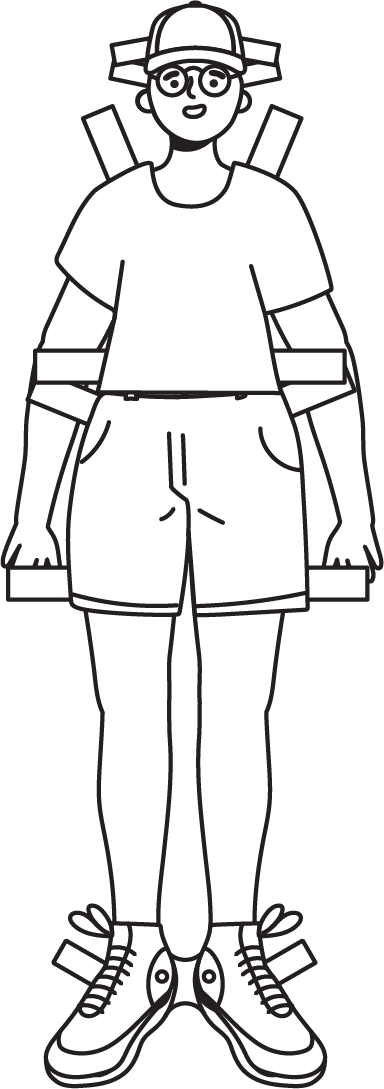
The clothing we wear can serve different purposes and functions. The most basic, practical function is to clothe our body in a way that is appropriate to the weather or activity we currently face. We wear sweaters, coats, hats, and mittens to keep us warm on a cold day; we wear sports clothes to move sweat away from our body during a workout. Clothing is also used as a form of expression and communication — an opportunity to share our individuality, personal tastes, and preferences. Alternatively, clothing may be used to eliminate personal identity and instead express belonging to a certain group or framework; uniforms enhance uniformity in this way. Clothing can also serve as a means to accomplish a goal; we may choose to dress in a certain fashion to project a certain image, for example to help us get the job we are interviewing for.
The idea of using clothing as a form of communication and as a means for accomplishing an end is quite prominent in the book of Esther, which we read on Purim.
When Mordecai first hears of the evil decree against the Jews, we are told that “Mordecai rent his clothes, and put on sackcloth with ashes, and went out into the midst of the city, and cried with a loud and a bitter cry” (Esther 4:1). When Esther is about to approach the king for the first time and plea for her people, it says: “Now it came to pass… that Esther wore royalty, and stood in the inner court of the king’s house…” (Esther 5:1). And finally, when the cards have turned, toward the end of the story, we hear in great detail of Mordecai’s clothing: “And Mordecai went forth from the presence of the king in royal apparel of blue and white, and with a great crown of gold, and with a robe of fine linen and purple; and the city of Shushan shouted and was glad” (Esther 8:15).
In this activity, through playing with paper dolls, we explore the various ways and reasons we use clothing and show gratitude for them. The game may be played with different ages and levels. There are a few options of how to play followed by prompt questions below, which can be chosen based on the ages and experiences of your players. For all versions, first download and print both the dolls and the clothing templates.
For playing with young children: The adult describes a situation or scenario. The child needs to choose the appropriate clothing they would want to wear for that situation. They can decorate or color in the clothing to make it similar to something they own or they wish they owned.
For playing with older children and adults: Dress your dolls in two different situations, one where you can completely choose and design the clothing and one where the doll must adhere to a dress code because of a framework they belong to — for example, a school, a profession, or a team. Color in the clothing to address each of these types of situations.
For playing with adults: Envision a scenario where you consciously “dressed for the occasion” or “dressed for success,” where you used your clothing as a means for accomplishing a goal, like Esther or Mordecai did in the Purim story. Dress your dolls accordingly.